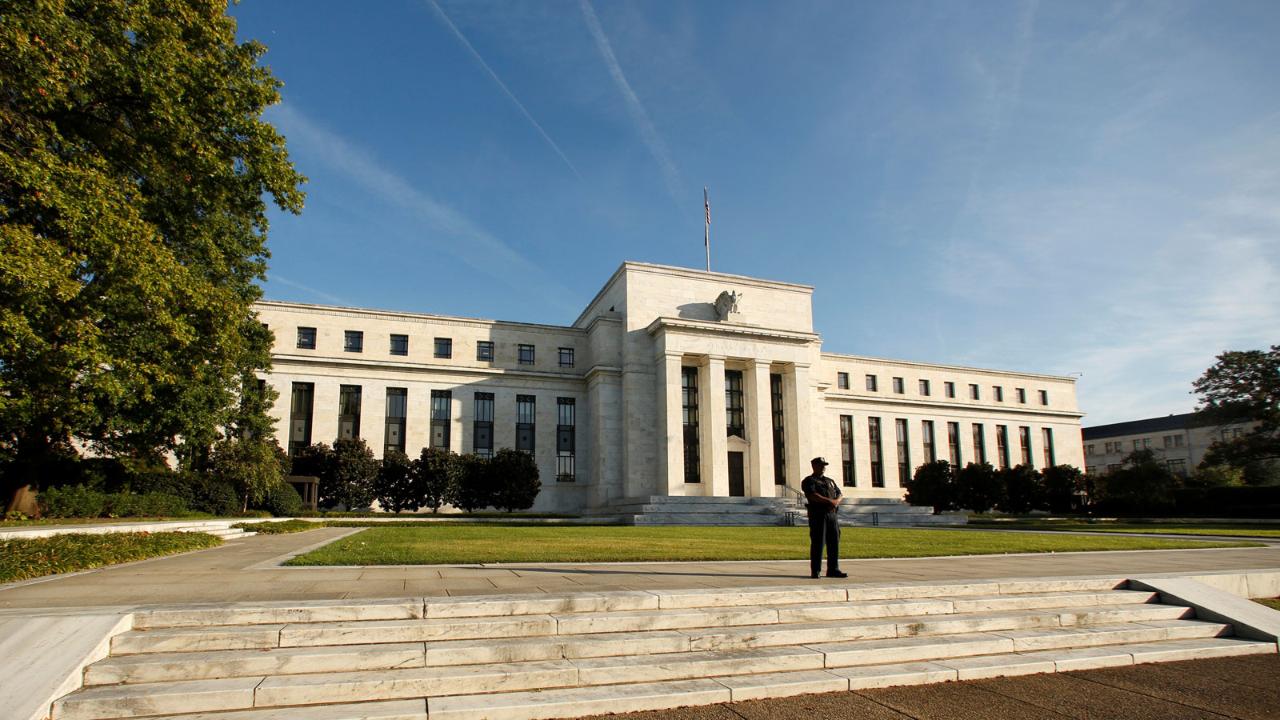Fed keeps interest rates steady, citing muted inflation
Federal Reserve officials unanimously voted to leave interest rates unchanged during their two-day meeting this week, with policymakers continuing to signal that they will be patient with monetary policy moving forward.
"We do think our policy stance is appropriate right now," Chairman Jerome Powell said during a press conference following the meeting's conclusion. "We don’t see a strong case for moving in either direction."
Economists widely expected the U.S. central bank would keep the benchmark federal funds rate at 2.25 percent to 2.5 percent as it sought to strike a balance between overarching geopolitical concerns, muted inflation and otherwise "solid" economic growth. In the first quarter of 2019, GDP increased at a better-than-expected annualized rate of 3.2 percent. Unemployment, meanwhile, remains at 3.8 percent.
But Fed officials mostly looked beyond the good rate of economic growth in the three-month period from January to March, instead favoring a wait-and-see approach as they watch how certain economic and financial developments – like a global trade war, and uncertainties surrounding Brexit – play out.
“In light of global economic and financial developments and muted inflation pressures, the Committee will be patient as it determines what future adjustments to the target range for the federal funds rate may be appropriate to support these outcomes,” the Fed said in a statement released after the meeting.
The Fed's decision, however, could provide additional fodder to President Trump, who's frequently suggested that policymakers should cut interest rates by one percentage point and implement more quantitative easing because inflation is so low.
"The Trump administration may point to this inflation data to accuse the Fed of having raised rates too quickly in 2018 and put even more pressure on the Fed to cut rates this year," Cailin Birch, the global economist at the Economist Intelligence Unit, said. "We believe the Fed will successfully resist this pressure, but relations with the Trump administration will remain tense in 2019 to 2020."
At their last meeting, Fed policymakers signaled there would be no rate hikes for the remainder of 2019 in light of global economic and financial developments, as well as muted inflation. The move was a stark turn from the December meeting when Fed Chairman Jerome Powell suggested there could be as many as two hikes this year.
Since then, inflation has considerably decelerated, running below the target range of 2 percent. Powell has previously emphasized the importance of the 2 percent inflation range, which he said is consistent with a healthy economy. In March, the core personal consumption expenditures index -- the Fed's favorite inflation gauge, which excludes food and energy prices -- was up 1.6 percent, compared to a year earlier. That's the lowest level of growth since January 2018.
"We are strongly committed to the 2 percent inflation objective," Powell said on Wednesday.
And according to Luke Bartholomew, an investment strategist at Aberdeen Standard Investments, if inflation decreases further, the Fed will be hard-pressed to defend not cutting interest rates.
" Some policymakers have flagged core inflation of 1.5 percent as a crucial level which might justify easing policy, and we are already pretty close to these levels," he said.




















